Unique experiences await as you explore Osaka even for just 3 days. Try the local food, visit the sights, experience the unique Osaka culture - we’ve compiled a 3-day itinerary so you can get the most out of your time in Osaka!
Table of Contents
- Intro to Osaka and its Charms
- Day 1 - Osaka Castle and Tennoji area
- Day 2 - Universal Studios Japan
- Day 3 - Namba, Shinsaibashi (Dotonbori) Area, etc.
- Expo 2025 to be held in Osaka
- To Close
Intro to Osaka and its Charms

Osaka is among the most visited places in Japan by foreign tourists.
In 2019, it was the second most visited prefecture, only behind Tokyo. According to data from the Japan National Tourism Organization (JNTO), 38.6% of foreign tourists that entered Japan in 2019 visited Osaka. This percentage is the second highest after the 47.2% rate of visitors to Tokyo. And every year from 2011 to 2019, for which survey results by the Japan National Tourism Organization can be confirmed, Osaka ranked either second or third.
※Japan National Tourism Organization (JNTO) "Japan Tourism Statistics: Ranking of Prefectures Visited in 2019"
Why is Osaka so loved? Here are a few reasons.
The Food in Osaka
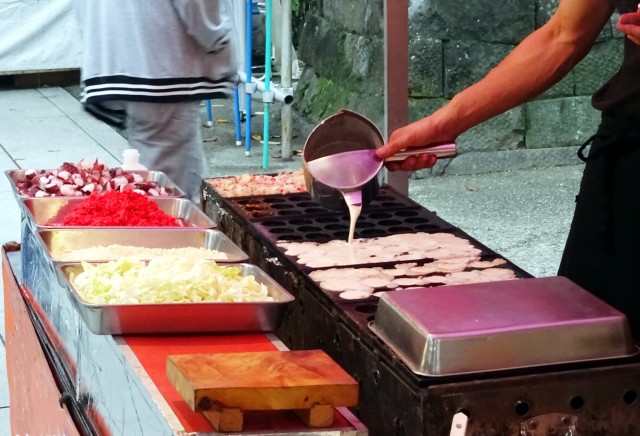
Osaka has many famous shops and food stalls that serve “konamon”, such as okonomiyaki and takoyaki. “Konamon” is a general term for dishes made from wheat flour, and the word itself is said to have originated in the Kansai dialect. If you go to an okonomiyaki or takoyaki shop in Osaka, you will be able to enjoy the authentic taste.
Osaka is famous for many delicious foods other than konamon. That’s why Osaka is called “Kuidaore” (the city of eating, drinking and therefore losing money). There is a wide variety of restaurants, from food stalls where you can enjoy Osaka’s local food at low prices, to Michelin Guide listed restaurants. It’s definitely recommended to plan out your meals in advance so you know where to go!
The Fun Signs and Streets in Osaka
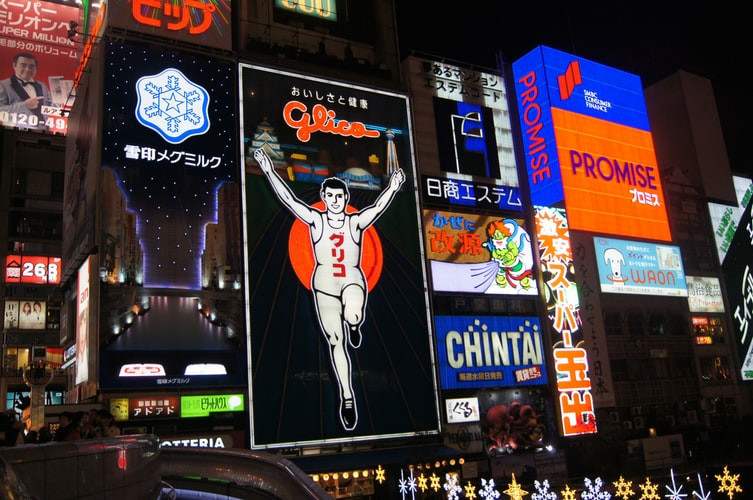
There are many unique and eye-catching signs in Osaka. For example, the moving crab and the giant sign of the Glico running man are especially famous. There are not many places in other regions of Japan that have unique signs all in one place like Osaka. As a result, they have become tourist attractions! It’s common to visit certain areas to take photos of these signs, so pay attention when you’re walking around!
The Easy Access to and from Osaka
One of the great things about Osaka is the easy access to sightseeing spots. In Osaka, restaurants and recreational facilities are concentrated in three areas:
- Kita around Umeda Station
- Minami around Namba Station
- Tennoji
The 3 sightseeing spots are easily accessible by train, and it doesn’t take much time to travel between them.
Universal Studios Japan (USJ) is also easily accessible by train from all 3 stations listed above. And it’s very convenient to travel to neighboring Kyoto and Nara from Osaka, so it’s recommended as the first place to visit when traveling to the Kansai region.
Osaka is also introduced as one of the prefectures in our Kansai Region article, so please check it out! Kansai: Where to Visit, What to Eat and Traditional Souvenirs to Get
Writer's Pick
Day 1 - Osaka Castle and Tennoji area

On the first day, we recommend visiting Osaka Castle and the Tennoji area. It takes about 18 minutes from Shin-Osaka Station, where the Shinkansen stops, to JR Osaka Castle Park Station, which is the nearest station to Osaka Castle.
Also, it takes about 12 minutes from JR Osaka Castle Park Station to Tennoji Station. After seeing Osaka Castle, it would be a good idea to enjoy Osaka cuisine in Shinsekai and climb Tsutenkaku.
Osaka Castle
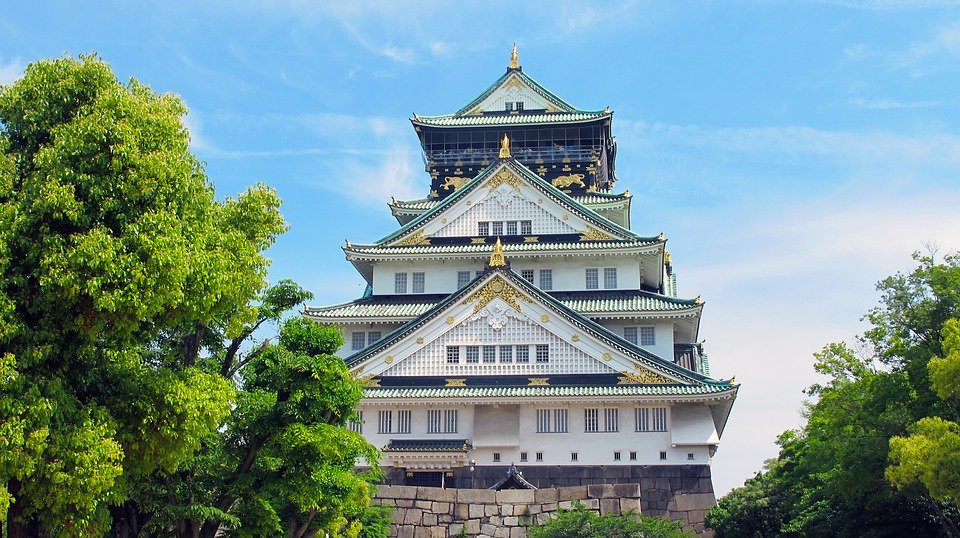
Osaka Castle is a castle located in Chuo Ward, Osaka City, and is a popular sightseeing spot. The castle tower has displays related to the life of Hideyoshi Toyotomi who built Osaka Castle, and the history of the Sengoku period. Looking around the exhibits will deepen your knowledge of Japanese history and Osaka Castle. The 8th floor, which is the top floor, is an observatory where you can overlook the city of Osaka from 50 meters above the ground.
Another highlight of Osaka Castle is its stone walls. The castle tower was rebuilt in the Showa period, but the stone walls remain from the Edo period. Among the stone walls, the most famous is the “Takoishi” stone wall located beyond the Sakuramon entrance to the main castle. It is the largest among the stone walls of Osaka Castle, with a surface area of 36 tatami mats and an estimated weight of 108 tons. It’s impressive to behold.
Osaka Castle is also a part of Osaka Castle Park, so you can walk around and enjoy nature as well. It’s a popular spot to view cherry blossoms in Osaka.
Read more about Osaka Castle here: Osaka Castle: Taking a step back into the past
Shinsekai, Tsutenkaku

Shinsekai is a downtown area in the Tennoji area. There are many shops selling kushikatsu (deep-fried skewers) and doteyaki, which is stewed beef tendon, so it’s a good place to visit for lunch or dinner. Some restaurants are open for 24 hours, so night-time snacks will not be a problem when you want to stay here a little longer. There are also many colorful signs to enjoy, so if you’re looking to take Osaka Instagram-worthy photos, you should definitely visit this place.
Tsutenkaku is an observation tower with a height of 103m, the “Eiffel Tower of Osaka” if you will, and there are 3 observatories - at heights of 84m, 87.5m, and 94.5m. In addition, on the roof of the third floor of Tsutenkaku, you can find the "Tsutenkaku Garden", which is a fusion of traditional Japanese design and modern style. Forget the hustle and bustle of the entertainment district and take a break in the quiet Japanese garden.
For more information, read our article about it here: Osaka's Famous Landmark: The Tsutenkaku Tower
Shitennoji Temple
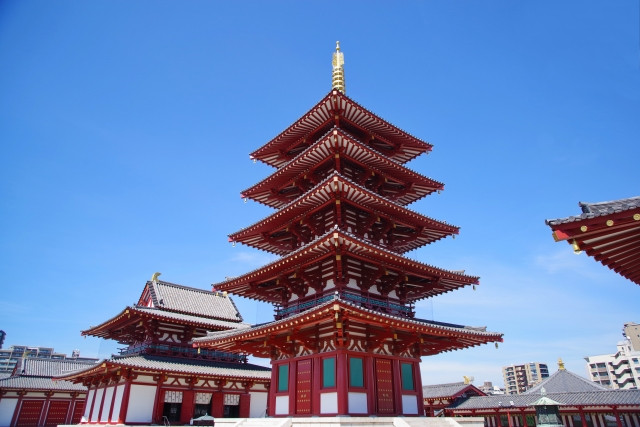
Shitennoji is a historical temple that is said to have been built in 593. The temple is said to be related to Prince Shotoku, a politician in the Asuka period.
Built in one of the oldest architectural styles in Japan, it is recommended to those who are interested in Japanese temple architecture, such as its five-storied pagoda, main hall, auditorium, and corridor.
Tennoji Zoo
You may want to visit the Tennoji Zoo in Shinsekai, especially if you have children with you. The habitats in Tennoji Zoo are recreated closely to the natural home of their respective animals, giving an authentic feel while being engaging to both young and adult audiences. Strolling the zoo is a fun, yet educational tour by observing the different animals not by pictures or videos but through a real life experience. Plus the zoo is right near Tsutenkaku so it’s easy to do both.
Day 2 - Universal Studios Japan

Before heading to Universal Studios, bear in mind that their opening hours vary a lot, so check their website for more information. To avoid long queues, you can also consider purchasing an express pass; they offer various types that include various attractions. It’s best to check out their website to choose which pass best suits you.
USJ (Universal Studios Japan) is a theme park that both children and adults can enjoy. There are attractions and areas in the park where famous characters from films and cartoons appear, from Jurassic Park, Harry Potter, Nintendo, Minions, etc. You can feel like you’ve been transported into that world with the thrilling rides and the elaborately planned and decorated areas dedicated to each feature.
It’s of course very photo-friendly, and you can also get lots of cute food and exclusive character merch. The park is quite big and has many attractions, so it is recommended that you stay for an entire day and enjoy it at your leisure.
Another tourist attraction just outside the park is the Universal Citywalk Osaka. This is the best place for tourists who would rather eat good food and shop while getting a feel for the USJ atmosphere. Or drop by on your way out of the park.
You can get to Universal Studios by transferring to the JR Sakurajima Line from Nishikujo Station.
Read all about USJ here.
Day 3 - Namba, Shinsaibashi (Dotonbori) Area, etc.
On the third day, we recommend visiting the Namba/Shinsaibashi area. There are sightseeing spots such as Dotonbori, which is famous for its unique signs, Kuromon Market where fresh ingredients are lined up, and the National Bunraku Theater, where you can see traditional performing arts. Each sightseeing spot is within walking distance, and it’s fun to walk around while enjoying the area’s townscape.
Dotonbori/Shinsaibashi
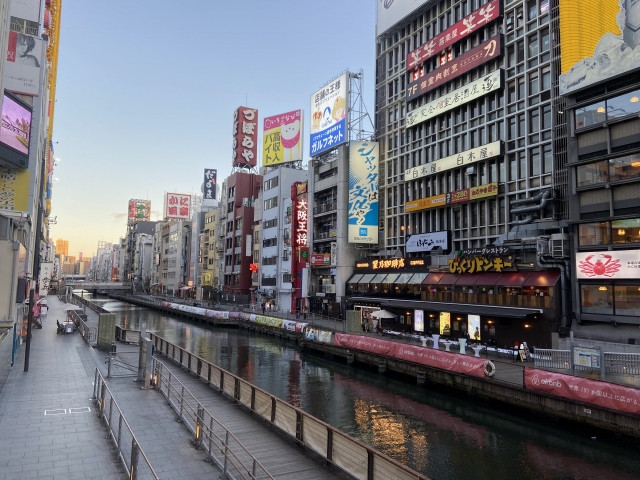
Dotonbori is one of the most famous sightseeing spots in Osaka. Shops offering local Osaka food such as takoyaki and okonomiyaki are lined up, and the unique signs stand out. In addition to these signs, the lifesized Kuidaore Taro doll in front of the Nakaza Kuidaore Building is also famous. It is a character that symbolizes Dotonbori and is often crowded with people taking pictures.
Takoyaki is probably one of Japan's most famous street foods, and it is done best in Dotonbori, Osaka. Each stall offers different ways on how to cook it and ingredients. Finding the longest lines usually indicates the best places or something that was recently featured on TV, guaranteeing the best taste.
We also recommend the Dotonbori Kukuru Konamon Museum, where you can learn how to make takoyaki yourself. You can also learn about Osaka foods and the history of Dotonbori, so people interested in Japanese food culture should visit.
The Kamigata Ukiyo-e Museum in Shinsaibashi, where ukiyo-e prints from the Edo period are exhibited, is also a popular sightseeing spot in Osaka. Many paintings of Kabuki actors from the Edo period are displayed, and you can learn about the state of Kabuki at that time.
And last but not least, one of the biggest draws of Dotonbori is the canal. You can take a boat ride on the canal with a guide who will make the trip entertaining as well as informative. Make sure to get an English-speaking guide if you don’t know Japanese, but it will be a great way to view the area nonetheless.
Dotonbori has always been the entertainment center of Osaka; it is a fun place to come at night, too, when you have extra time to spare! The neon lights are dazzling!
Kuromon Market
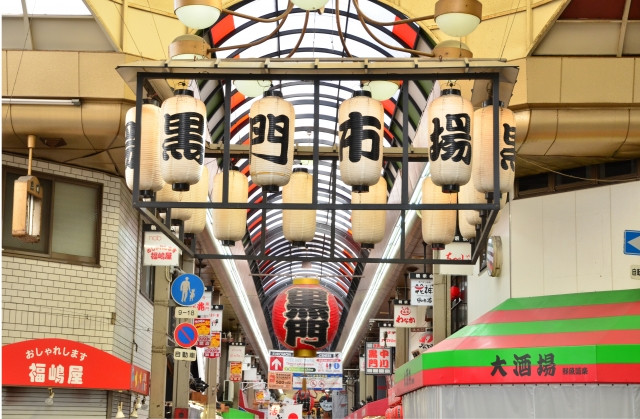
Kuromon Market, also known as "Osaka's kitchen," is located in Nihonbashi near Namba. About 150 shops are lined up over a distance of about 580m, and they sell a variety of products such as seafood, vegetables, and fruits. Chefs come to buy ingredients at this market, but it is also open to general tourists. It sells fresh and high-quality ingredients, and tasting various foods while walking around is also a popular activity. When you visit Kuromon Market, try Japanese food such as sashimi and seafood rice bowls, as well as juice and sweets made with fresh fruits.
Read more about Osaka markets here.
National Bunraku Theater
At the National Bunraku Theater in Nihonbashi, you can see Bunraku, which is registered as an Intangible Cultural Heritage by UNESCO. Bunraku is a traditional Japanese performing art performed with music and puppets called Joruri.
The National Bunraku Theater has two theaters, one large and one small, and an exhibition room. In addition to Bunraku, there are rakugo (traditional Japanese comic storytelling) and manzai (comic dialogue) shows, which is recommended for tourists who want to see traditional Japanese performing arts.
Expo 2025 to be held in Osaka
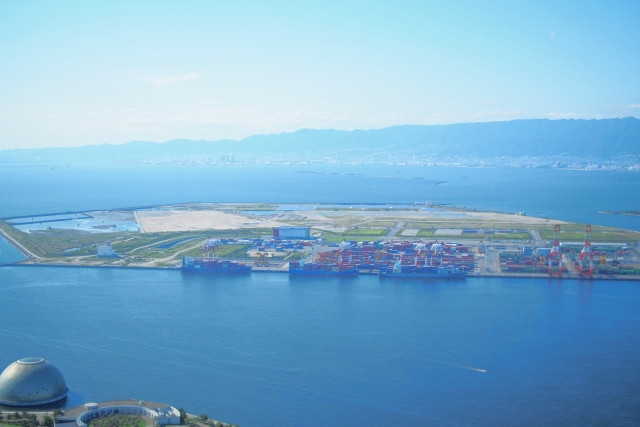
In 2025, Osaka will host an international exposition, Expo 2025. It is scheduled from April 13th to October 13th, 2025, and the venue is Yumeshima, an artificial island created in Osaka Bay. About 30 million visitors are expected, with 137 countries and regions scheduled to participate.
In the future, Osaka will continue to improve its transportation and accommodation facilities in order to welcome many tourists from Japan and abroad. Services for foreign visitors are also being improved, and it is expected to become an even more attractive city.
To Close
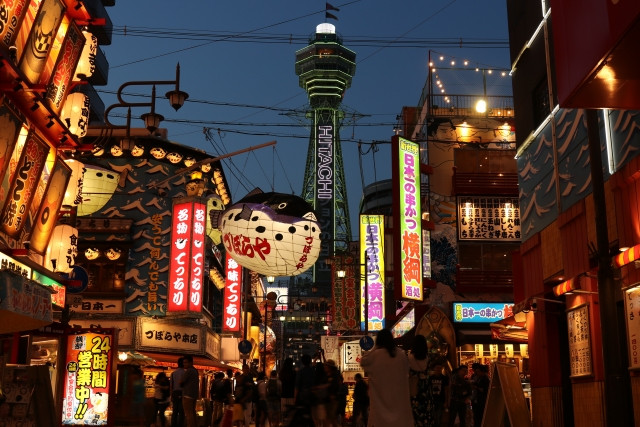
Osaka offers a variety of delicious food, has the best sights, accessible tourist destinations, and things that are uniquely available to them. Your three-day tour is not enough to discover and explore Osaka but at the very least, it’s the start of an unforgettable experience in Japan!




















.jpg)











